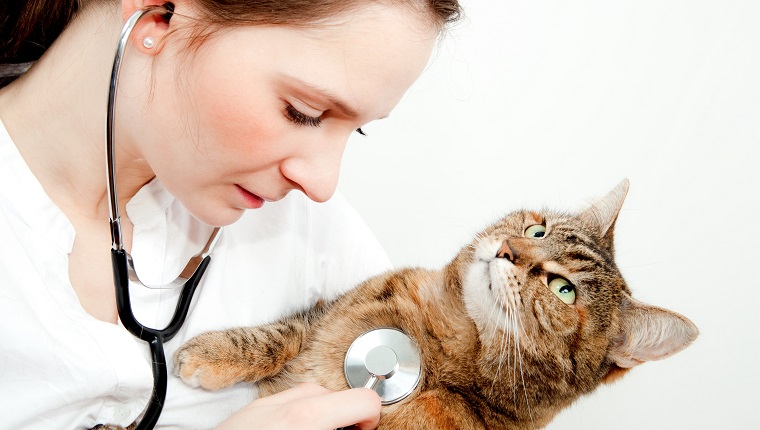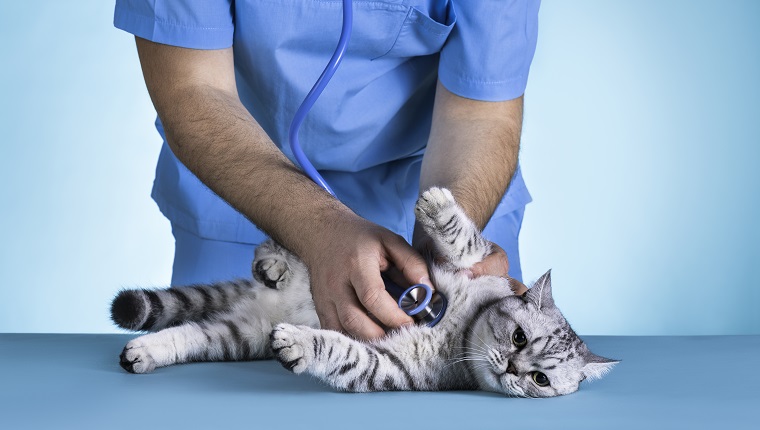Pulmonary thromboembolism in cats ,also known by the term PTE, is a medical condition that occurs when a blood clot forms and lodges in one of a cat’s arteries. At this point, blood is unable to flow properly into the lungs from the artery.
In many cases, it results from an underlying condition that a cat is suffering from, and it has the potential to be life threatening, so a veterinarian must address it immediately.
If you see signs that your kitty might be suffering from this condition, then you must consult your veterinarian for a proper diagnosis and course of treatment. Here’s what you should know about the symptoms, causes, and treatments of pulmonary thromboembolism in cats.
Symptoms Of Pulmonary Thromboembolism In Cats
Pulmonary thromboembolism in cats brings on a range of symptoms. Some of the most common symptoms include:
- Breathing difficulties
- Anorexia
- Coughing
- Avoiding exercise
- Spitting blood
- Not being able to get comfortable
- Breathing very quickly
- Gums turning pale
- Acting lethargic and fatigued
Causes Of Pulmonary Thromboembolism In Cats

There are a number of potential underlying causes of pulmonary thromboembolism in cats. Some of the most common causes include:
- Heart, kidney and liver diseases
- Cushing’s disease
- Heartworm
- Cancer
- Blood clotting within blood vessels (known as DIC)
- Bacterial infections
Veterinary Treatments
If you suspect that your kitty might be suffering from pulmonary thromboembolism, then your veterinarian will want to carry out a fully physical examination. This will include electrolyte, blood and urine tests.
Your vet will go on to ask you detailed questions about your kitty’s medical history. They’ll also go over any recent symptoms that you might have noticed. They’ll check the levels of oxygen in your cat’s blood and may also use X-rays and electrocardiograms to form a diagnosis.
When providing treatment, the first step is often to use oxygen therapy while a cat is hospitalized. After this, the vet will attempt to alleviate the underlying cause of the condition.
While your cat recovers at home, it is important that you keep up regular visits to your vet to accurately monitor the condition. Vets also often suggest physical therapy or increased physical exercise at home as a way to help cats recover.
Has your cat developed pulmonary thromboembolism? How did your vet help your cat deal with it? Tell us all about it in the comments below.









